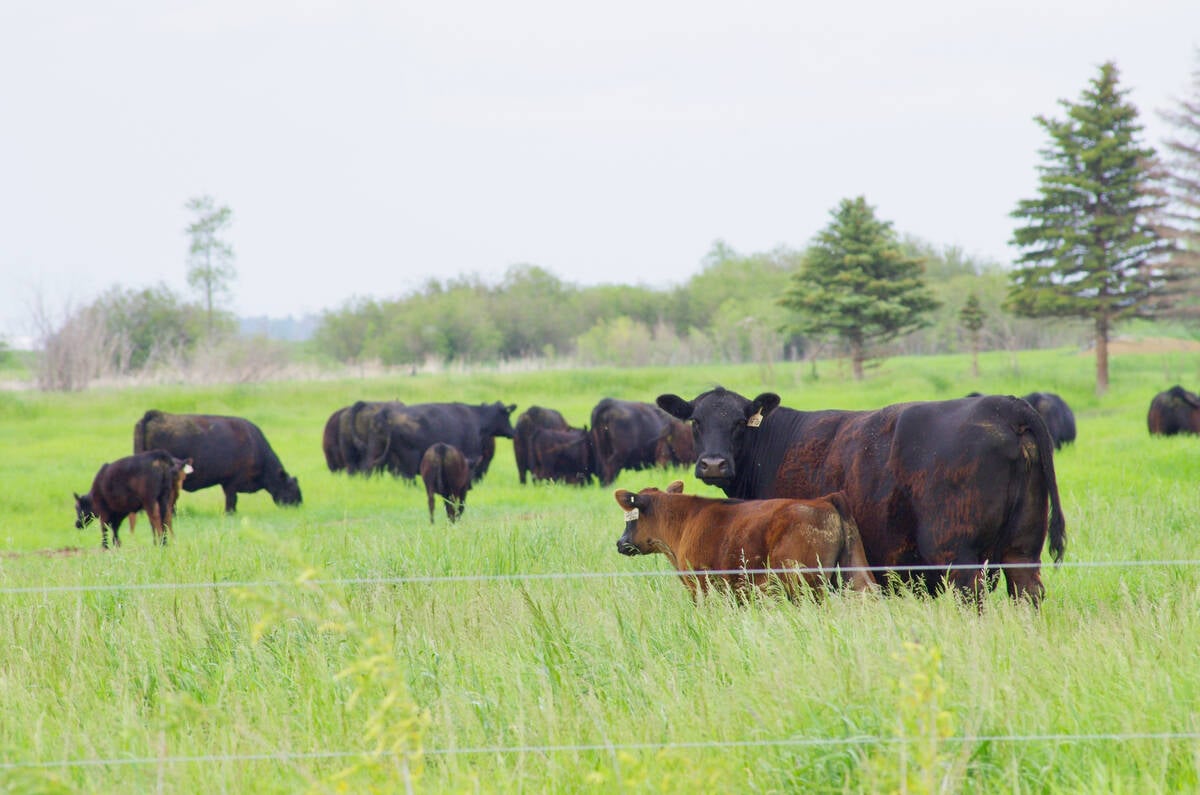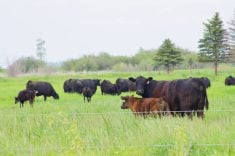The deadline has been extended indefinitely for plastic bar coded identification ear tags for cattle.
The Canadian Food Inspection Agency decided not to enforce the Jan. 1 deadline to delist bar code tags.
However, the Canadian Cattle Identification Agency prefers that all cattle leaving their herds of origin wear a radio frequency identification tag.
CCIA manager Kerry St. Cyr said producers do not need to remove the plastic tag, and the two sets of numbers should be correlated for full identification.
“If we are going to have traceability, it has to be automated,” he said.
Read Also

Tick research from the University of Manitoba focuses on insects and testing
Manitoba researchers are looking into the effects of tick and fly disease in cattle.
The plastic tags have not been available since 2006, and it is estimated that only two percent of mature animals in Western Canada wear them.
That number is nine percent in Eastern Canada, probably because producers bought the tags in bulk and have not used them up in their smaller herds.
In the United States, agriculture secretary Tom Vilsack has ended the National Animal Identification System and turned over responsibility for animal tracking to the states and tribal councils.
Cows exported from Canada may still leave with the plastic tags, although electronic button tags are preferred because they are easier to read and verify proof of age, St. Cyr said.

















